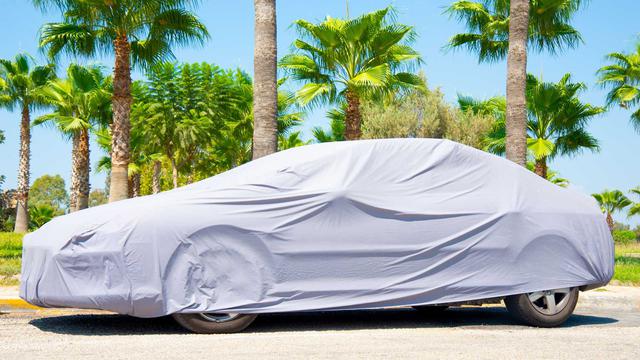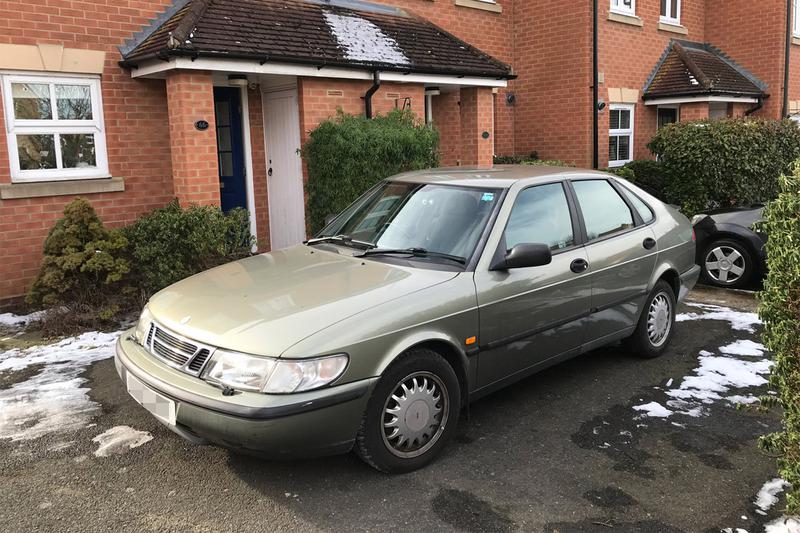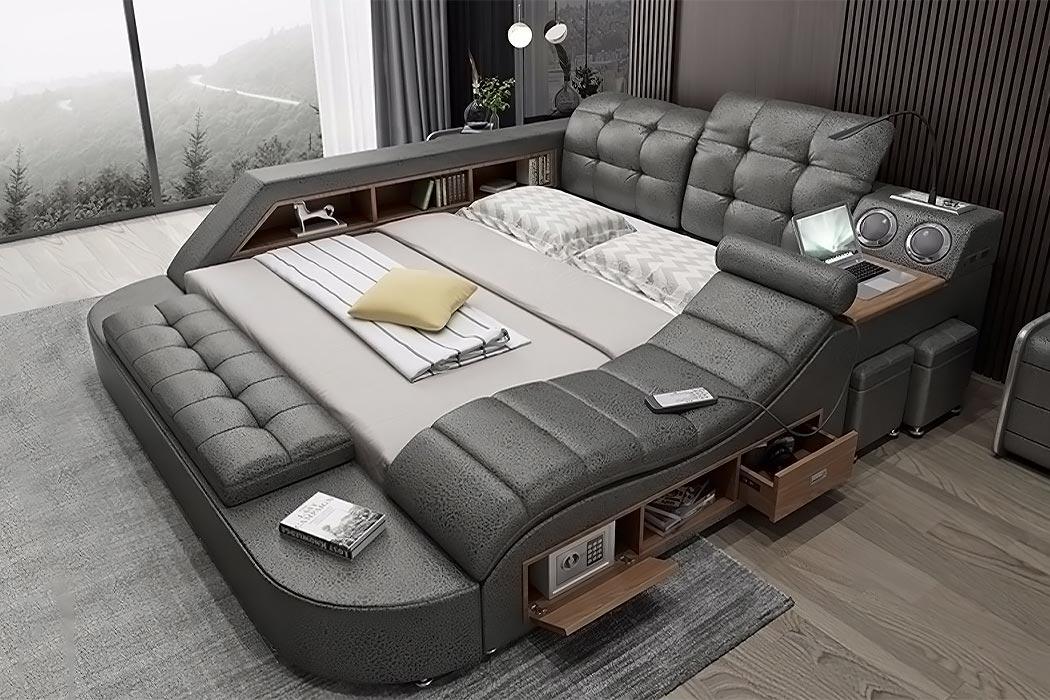When the Hyundai Kona first went on sale, Hyundai Canada had to ask the Hyundai Kona factory in South Korea to ramp up production to meet strong demand.
Before long, the Hyundai Kona was everywhere — racking up awards, attracting new buyers to Hyundai showrooms, and placing the automaker squarely in the sights of compact crossover shoppers as a new Canadian favourite.
As a brand, Hyundai is recognized as building some of the most dependable vehicles on the road in recent years, according to information from J.D. Power and Associates, and specifically their annual Vehicle Dependability Study (VDS).
Top ratings for safety, owner satisfaction, design, value and the Kona’s overall user experience help round out the package.
Look for available all-wheel drive, available turbocharged power from a 1.6 litre engine and a full deployment of the latest and greatest features on the scene, including a wide array of advanced safety features.
Elsewhere, a heated steering wheel, heated seats, a sunroof, automatic climate control, a wireless smartphone charging pad, Infinity stereo, and automatic lights help add plenty of creature comfort.
A two-litre, 147-horsepower four-cylinder is standard, while the up-level turbo engine delivers 175 horses. Kona’s AWD system is highly capable in the snow, too.
Read on for five tips to help make sure you find the best used Hyundai Kona you can for the dollar.
Deep inside of the engine of the used Kona you’re considering are important parts called piston rings. Piston rings are vital to the proper operation of every engine, and piston ring problems can cause very serious engine failure which could result in costly repairs or even an accident.
Hyundai recalled about 76,000 Konas in Canada because the engines in certain vehicles may have been built with defective piston rings that could fail and ruin the Kona’s engine.
Some models have had engines replaced and updated software applied. Many have not.
If the Kona you’re considering has been regularly dealer serviced, it’s likely been checked in this recall already, with corrective action taken if required.
Talk to the Kona’s seller, or a dealer service advisor, for more information on this recall if applicable. If the servicing history of the Kona you’re considering is unclear, ask a dealer service advisor for the full scoop.
Note that the piston ring recall only affects models with the two-litre non-turbo engine, from model years 2019 to 2021 inclusive.
According to this poll from one owner’s community, over 50 per cent of surveyed Kona owners are interested in modifying their vehicles, perhaps with parts, software or electronics designed to increase power, looks, and performance.

If you’re shopping for a used Hyundai Kona, and especially hoping to capitalize on some portion of its remaining powertrain warranty, avoiding a modified vehicle is best.
Buying a modified vehicle, and especially a turbocharged Kona that’s been chipped or tuned with non-factory engine software, can put remaining warranty coverage in jeopardy. Some modifications void warranty coverage, others cause damage that may put remaining warranty coverage at risk.
For these reasons, the average shopper should stick to stock for maximum peace of mind.
When test driving a used Hyundai Kona, be sure to take half a minute to perform a simple test that can save you time, money, and headaches.
Run the Kona’s engine, park it on flat ground in a quiet area, and quiet the cabin by turning off the stereo and climate control system.
Next, spin the steering wheel fully from one side to the other, several times. Start by doing this slowly, then, speed things up.
In this situation, listen closely for unwanted sounds like grinding, scraping, or gears spinning against one another.
Some owners have reported unwanted noises like these as a sign of problems with the Kona’s steering column, electric steering motor (which lives inside of the steering wheel), or clock spring (an electrical component). Most have not.
If steering the Kona you’re considering seems noisy, plan to have the vehicle seen by a professional before you buy.
Some owners say the Kona’s rear hatchback takes an excessive amount of effort to close. Most do not.
In many cases, owners have had success at fixing difficult tailgates by applying lubrication to hinges and other components, or adjusting the rubber stoppers that set the clearance between the tailgate door and Kona’s body.
Other owners have reported a false tailgate open alarm, or tailgates that won’t latch shut properly. If you encounter issues like these, have a technician check the vehicle out. The fix may require adjusting the tailgate latch, one or more sensors, or applying replacement parts.
Some owners of Kona models with the 1.6-litre turbo engine have reported trouble with the Dual Clutch Transmission (DCT) fitted to this specific engine. Most have not.
This type of transmission works differently from a conventional automatic transmission. On your test-drive, be on the lookout for issues with unwanted slamming, lurching, or poor throttle response, as well as high-pitched grinding or whining noises while driving, and perhaps especially slowing down to a stop in traffic.
Software updates may be available to fix specific performance issues, though a technician should investigate further if you experience any signs of trouble on your test-drive.
Many owners of DCT-equipped Hyundai Konas change the transmission fluid more frequently than outlined in the owner’s manual for added peace of mind.
These tips are designed to help test-driving shoppers more easily identify possible trouble areas reported by some owners. An attentive test drive and shopping process that focuses on the areas above can help you find a first-class example of a second-hand Hyundai Kona.




